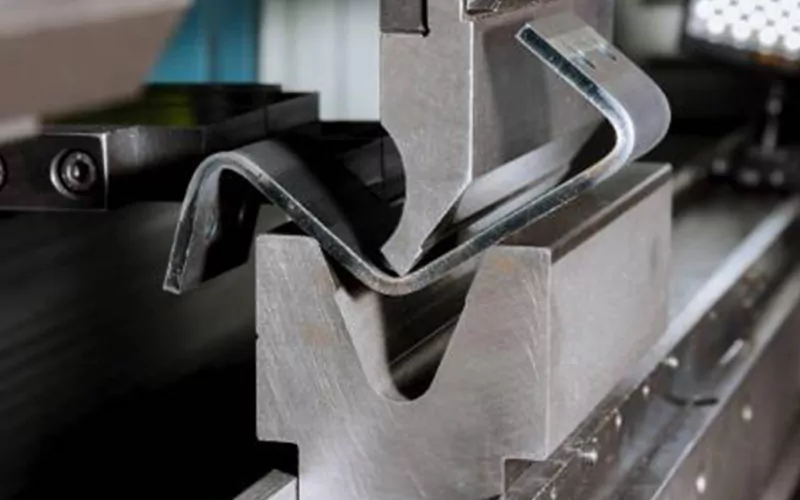Advanced Automation and Robotics
One of the most significant trends shaping the landscape of CNC metal fabrication is the integration of advanced automation and robotics. This innovation has revolutionized the manufacturing process, leading to increased efficiency, precision, and productivity. Automated CNC machines can now perform complex tasks with minimal human intervention, resulting in reduced lead times and lower production costs. This trend is expected to continue evolving, with the introduction of more sophisticated robotic systems that can handle a wider range of fabrication processes.
Adoption of Additive Manufacturing
Another trend that is reshaping the CNC metal fabrication industry is the increasing adoption of additive manufacturing, also known as 3D printing. This innovative technology allows manufacturers to create complex metal parts and components with unprecedented design freedom. Additive manufacturing not only reduces material waste but also enables the production of lightweight yet durable metal structures. As the technology continues to advance, it is poised to disrupt traditional fabrication methods and open up new possibilities for creating intricate metal products.
Integration of Artificial Intelligence
The integration of artificial intelligence (AI) into CNC metal fabrication processes is another trend that is driving significant advancements in the industry. AI-powered systems can analyze vast amounts of data to optimize production parameters, predict equipment maintenance needs, and identify potential quality issues. This results in improved process efficiency, reduced downtime, and enhanced product quality. As AI technology continues to mature, its role in CNC metal fabrication is expected to expand, leading to further improvements in manufacturing performance and capabilities.
Embracing Sustainable Practices
With the growing emphasis on sustainability, the CNC metal fabrication industry is witnessing a trend towards embracing environmentally friendly practices. Manufacturers are increasingly seeking ways to minimize energy consumption, reduce waste, and lower their carbon footprint. This has led to the development of innovative fabrication techniques that prioritize resource efficiency and environmental conservation. From recycling metal scraps to implementing eco-friendly production processes, the industry is moving towards a more sustainable future, driven by the demand for greener and more socially responsible manufacturing practices.
In conclusion, the landscape of cnc metal fabrication is being shaped by a multitude of trends and innovations that are driving the industry towards greater efficiency, flexibility, and sustainability. From advanced automation and additive manufacturing to the integration of artificial intelligence and sustainable practices, these developments are redefining the possibilities of metal fabrication. As technology continues to evolve, the CNC metal fabrication industry is poised to undergo further transformative changes, paving the way for a new era of innovation and progress.
